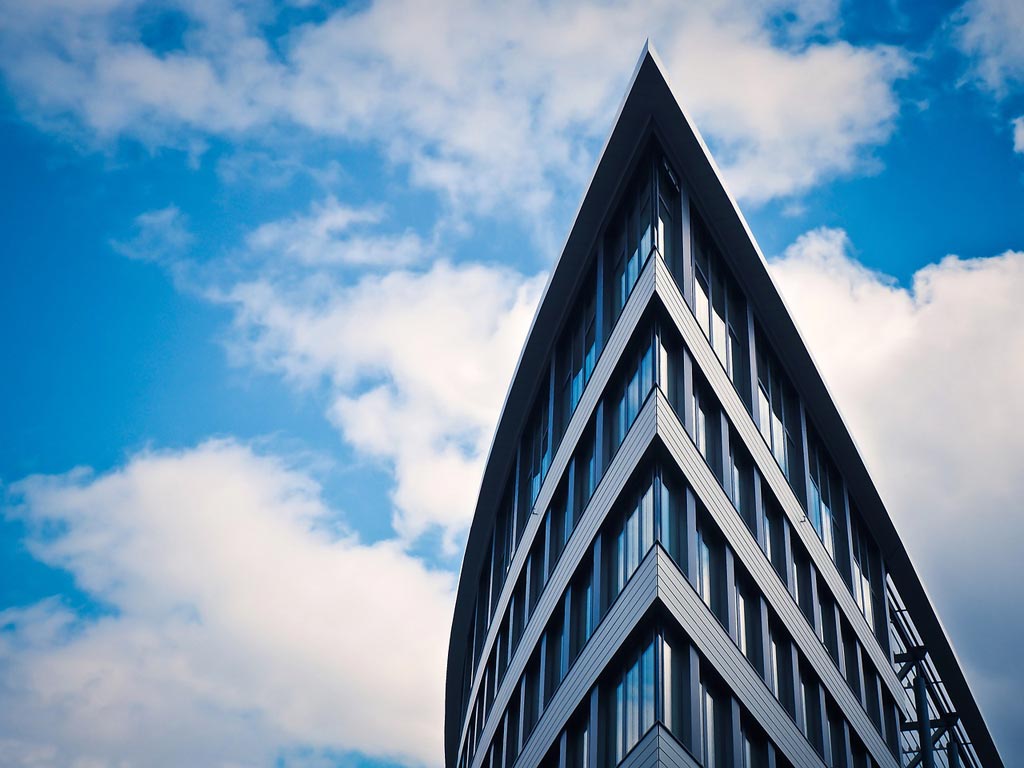Scientists found a way to turn transparent glass into nearly opaque without any power loss after the switch by using metal-organic frameworks and a blend of complementary colors #objectmagic
Until now, glass would become darker painfully slow, if photocromic materials (that react in the presence of light) were involved or with the help of electrochromic materials (like in Boeing 787 aircrafts) that require applied voltage to sustain the change. In both cases, the change would take minutes and extra power to happen. Now, a team of researchers from MIT found a way to minimize the necessary time while also saving some energy.
They used MOFs (metal-organic frameworks) to conduct electrons and ions at very high speeds and make the transition from transparent to almost pitch black faster. Unlike previous methods, the resulting opaque appearance was due to a combination of red and green, two complementary colors that avoid the wash-out look traditional methods give.
In this method, elecitricity is required only at the switch, not during the process, too. Think about the energy you will save this way – no need to turn the air conditioning on, since dark glass blocks sunlight and no energy needed to keep the shade.
What’s left to do? Well, the team has to produce a prototype to prove their tech works in real world conditions, before getting architects excited.
source: cell.com
Follow TechTheLead on Google News to get the news first.






















